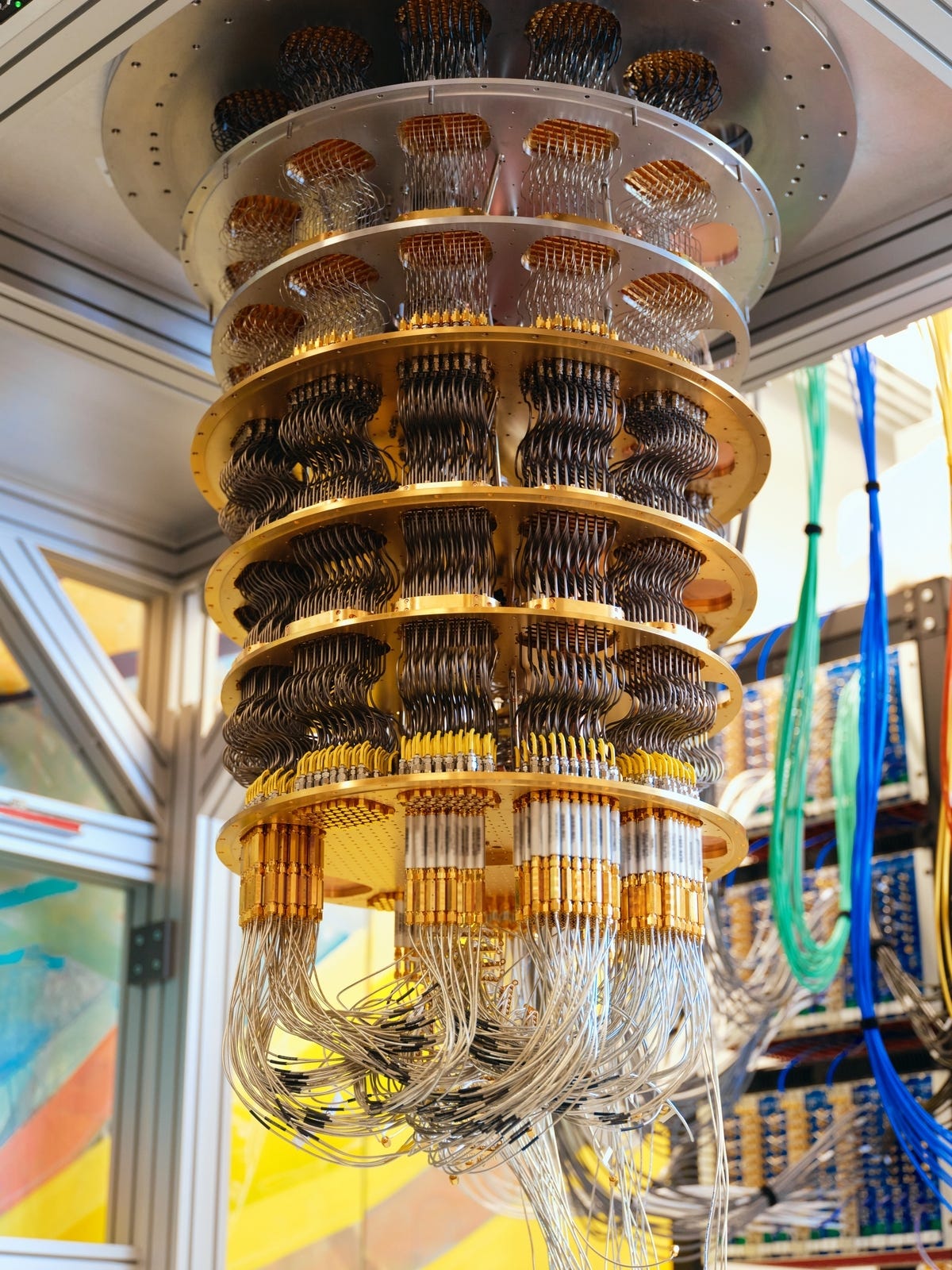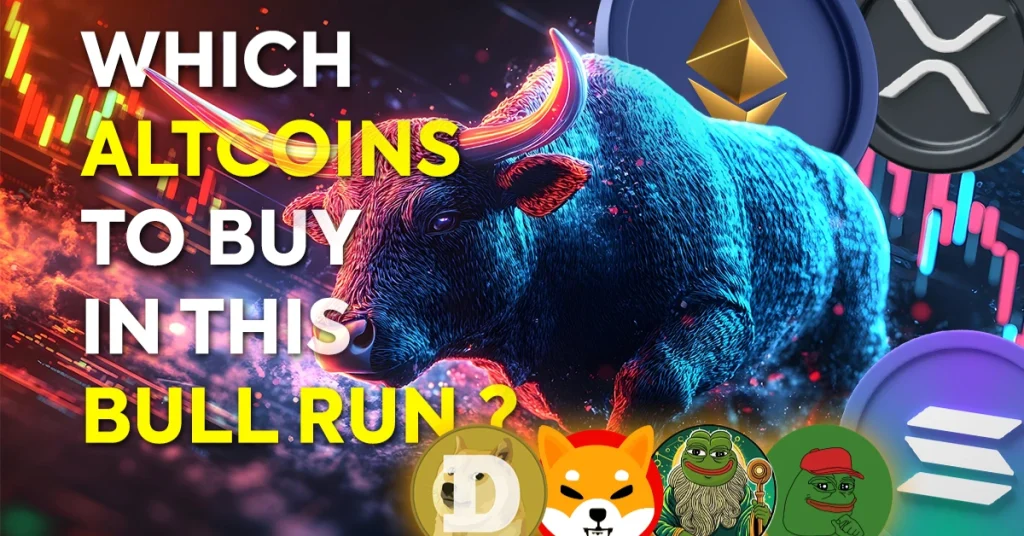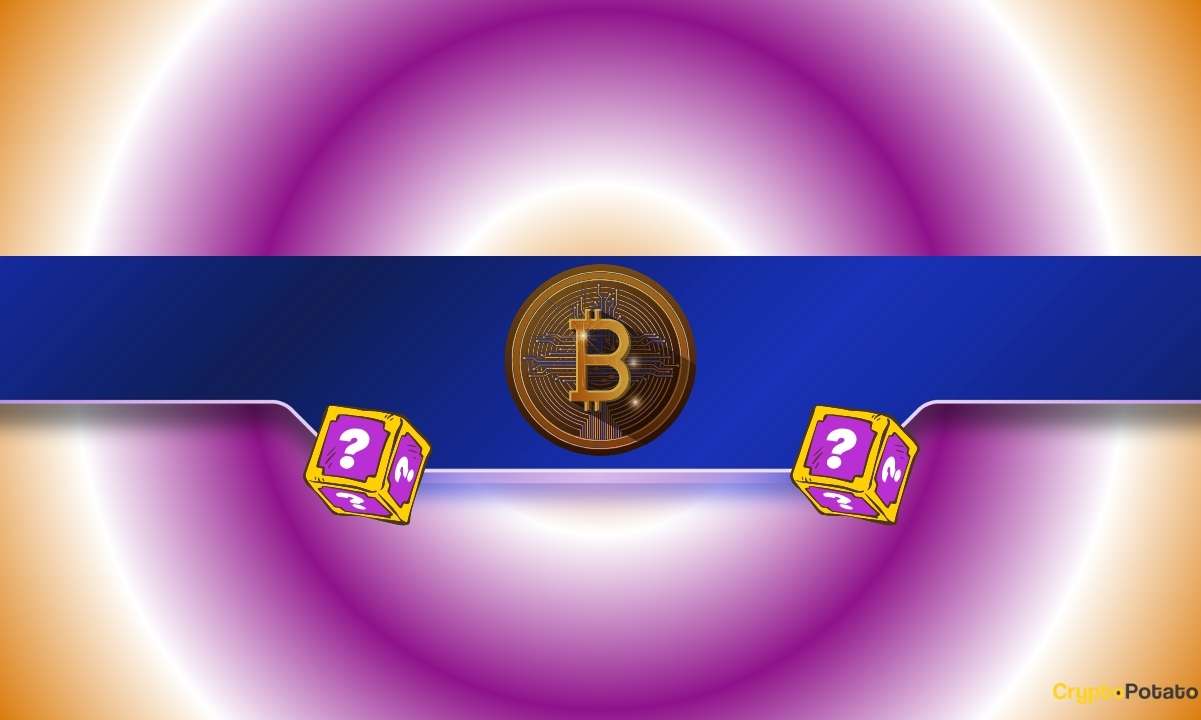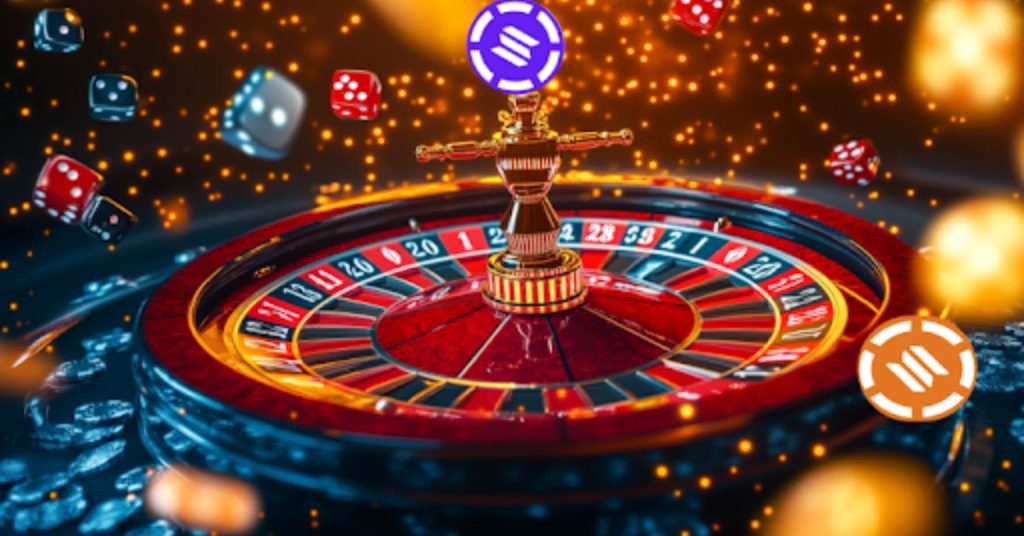Welcome to Getting Real with DeFi, a series where I share my personal journey through the decentralized finance space. From early mistakes to hard-earned lessons, these articles are designed to guide you through the highs and lows of DeFi. Whether you’re just starting out or looking to refine your strategies, this series offers insights into navigating the world of DeFi without falling victim to the traps that so many fall for (myself included).
Stepping into the world of DeFi for the first time, I was filled with excitement, ambition, and hope. Eager to explore a new frontier of financial opportunity. Like many, I envisioned a future of financial freedom — a life where I could escape the grind and take control of my finances. Unfortunately, it didn’t turn out that way — those early days were nothing short of a disaster.
I fell headfirst into the influencer trap. YouTube videos, Twitter threads, and Telegram groups seemed to echo the same siren call: specific projects promising outsized returns. It all seemed so easy — the promise of making money without needing a degree in economics or a massive amount of starting capital. The allure was irresistible.
Black-box trading systems, ROI dapps, and sleek marketing pitches all pulled me in. I drank the Kool-Aid, and the results were predictably catastrophic. Rug pulls, scam projects, and underwhelming returns became my reality. Each loss wasn’t just financial; it chipped away at my hope and confidence.
Even the projects that weren’t outright scams left a bitter taste. I started to realize that unless you were an influencer with a massive audience or a developer with insider information, your chances of turning a profit were slim. Instead, you became what the industry calls “exit liquidity” — the person who holds the bag while others cash out.
It was a sobering realization. The dream of financial freedom that had driven me to DeFi was starting to feel like just that, a dream. For the first time, I began to question whether DeFi was just a high-tech Ponzi scheme dressed up in buzzwords and decentralization rhetoric. The cynics and skeptics from “the real world” who had warned me against it started to sound more reasonable.
But giving up wasn’t in my nature. Deep down, a part of me still believed in the ideals of decentralization and financial empowerment. Was I chasing a pipe dream? Maybe. But I wasn’t ready to throw in the towel just yet.
The first step was clear: I had to stop repeating the same mistakes. They say the definition of insanity is doing the same thing over and over while expecting different results. Well, I had been insane long enough. I unsubscribed from the influencers, left the spammy Telegram groups, and started searching for real knowledge and insights.
That’s when everything changed. I found a community of people who were genuinely making money in DeFi — not by preying on the uninformed but by mastering the system. These weren’t get-rich-quick schemers. They were disciplined, knowledgeable, and, most importantly, willing to share what they had learned. They had cracked the code of what true DeFi is, and they were thriving.
So began my journey of education and discovery. I immersed myself in understanding what DeFi was truly about, beyond the hype and scams. It was time to unlearn the misconceptions and relearn the principles that make decentralized finance a revolutionary force.
This series of articles is my way of sharing that journey with you. I want to help you avoid the pitfalls I encountered and show you that there is a way to profit from DeFi without being predatory or exploitative. It’s not about chasing the next big thing or riding the influencer wave; it’s about understanding, strategizing, and playing the long game.
Stay tuned for the next installment, where we’ll dive into what DeFi really is and how it compares to traditional finance. Together, we’ll uncover the principles and opportunities that make DeFi a tool for empowerment rather than exploitation.
If I could find a way out of the cycle of being exit liquidity, so can you. Let’s get started.
The content provided in this article is for educational and informational purposes only and should not be considered as financial or investment advice. Always do your own research (DYOR) and consult with a professional before making any financial decisions. The opinions expressed are solely those of the author and do not represent any financial institution or organization.

 6 months ago
33
6 months ago
33







 English (US) ·
English (US) ·